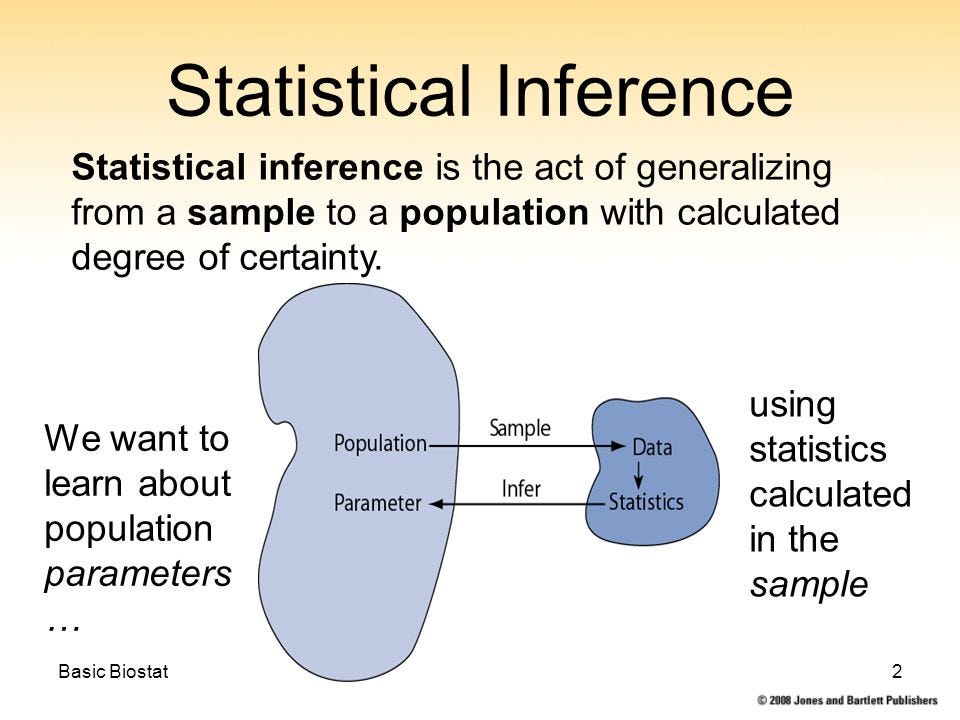Ph.D. in Biostatistics - Theory and Methods of Inference: Introduction, Admission, Registration, Eligibility, Duration, Fees, Syllabus 2024

Introduction:
A Ph.D. in Biostatistics specializing in Theory and Methods of Inference is a rigorous academic path designed for those looking to delve into the complexities of statistical reasoning and methods that underpin research across medical and public health disciplines. This program trains scholars to develop new methodologies and refine existing ones to improve data interpretation and decision-making in biological and medical research.
Admission Process:
- Program Research: Identify universities that offer specialized tracks in statistical inference within their Biostatistics Ph.D. programs.
- Application Preparation: Gather necessary documentation, including academic transcripts, GRE scores, and writing samples.
- Letters of Recommendation: Secure recommendations from academics who can attest to your capabilities in statistical analysis and research.
- Personal Statement: Write a compelling statement that highlights your interest in statistical inference and your career objectives.
- Submission of Application: Meet all deadlines for submitting your application and any required fees.
- Interviews: Some programs require interviews, either in person or online, to assess your fit and readiness for the program.
Eligibility Criteria:
- Educational Background: A master’s degree in statistics, mathematics, or a related field is typically required.
- Quantitative Skills: Advanced knowledge in quantitative analysis and a strong grasp of statistical software.
- Research Experience: Demonstrable experience in research, with a focus on statistical applications in biological or health sciences.
- Academic Achievements: A track record of excellent academic performance, particularly in relevant coursework.
- Professional Recommendations: Strong endorsements from professionals or academics who can vouch for the applicant's research skills and statistical acumen.
- Statement of Purpose: A clear and well-defined statement of purpose that aligns with the program’s objectives.
Completion Time:
The program usually takes 4-6 years to complete, depending on the dissertation topic, the complexity of the research, and the student's full-time or part-time status.
Career Opportunities:
- Biostatistician in Healthcare: Design and analyze clinical trials and other research in medical settings.
- Epidemiologist: Use statistical methods to study disease patterns and causes in populations.
- Pharmaceutical R&D Analyst: Develop new drugs and therapies using statistical analysis to ensure efficacy and safety.
- Academic Researcher: Conduct research and teach at a university level.
- Government Statistician: Work with governmental health departments or agencies focusing on public health policy and planning.
- Data Scientist: Specialize in predictive modeling and big data analysis in various sectors, including technology and finance.
Syllabus:
- Advanced Probability Theory: Concepts and applications of probability in biostatistical contexts.
- Statistical Inference: Techniques and theories for making precise statistical conclusions.
- Longitudinal Data Analysis: Methods for analyzing data that is collected over time.
- Survival Analysis: Statistical methods for data analysis where the outcome is time until an event occurs.
- Bayesian Methods: Application of Bayesian statistics in clinical trials and health research.
- Machine Learning for Biostatistics: Use of machine learning techniques in biostatistical analysis.
Internship Opportunities:
- Clinical Research Organizations: Gain practical experience by participating in the design and analysis of clinical trials.
- Public Health Departments: Assist in analyzing data from community health studies.
- Biotech Firms: Work on genetic data analysis and other biotech research.
- Academic Collaborations: Engage in university-led research projects that may result in publications and professional networking.
- Government Internships: Opportunities to work on large-scale public health projects, including disease surveillance and preventive healthcare.
Scholarships and Grants:
- Teaching Assistantships: Many programs offer TA positions that provide a stipend and tuition remission.
- Research Grants: Funding from research organizations or grants specifically aimed at statistical research in health.
- Fellowships: Competitive fellowships from educational institutions and professional bodies that support advanced research in biostatistics.
- Corporate Scholarships: Scholarships from pharmaceutical companies or biotech firms interested in fostering new talent.
- International Scholar Programs: For non-resident students, many universities offer special scholarships that cover tuition and living expenses.
FAQs:
What distinguishes a Ph.D. in Biostatistics - Theory and Methods of Inference from other Ph.D. programs?
This program focuses on developing deep theoretical foundations and advanced methods for statistical inference in biostatistics, setting it apart from more general or application-focused programs.
What are the prerequisites for success in this Ph.D. program?
Strong mathematical and statistical skills, experience with statistical software, and a solid background in the biological or health sciences.
How can I make my application stand out?
Highlight any unique research projects, advanced statistical coursework, or relevant work experiences that align with statistical inference.
Are there opportunities for interdisciplinary research in this Ph.D. program?
Yes, many biostatistics programs encourage interdisciplinary collaboration, particularly with medical schools and life science departments.
What type of dissertation projects are common in this program?
Projects often involve novel methodological development in statistical inference or adapting existing methods to new biological data challenges.




